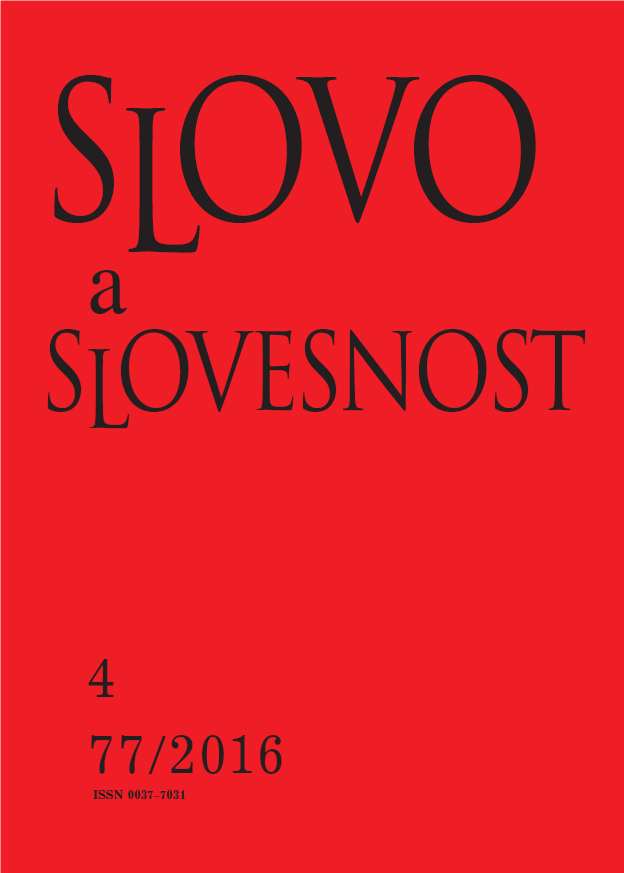The “Nostratic” roots of Indo-European: from Illich-Svitych to Dolgopolsky to future horizons
The “Nostratic” roots of Indo-European: from Illich-Svitych to Dolgopolsky to future horizons
Author(s): George Starostin, Mikhail Zhivlov, Alexei KassianSubject(s): Language studies
Published by: AV ČR - Akademie věd České republiky - Ústav pro jazyk český
Keywords: Nostratic; Indo-European; long-range comparison; Illich-Svitych; lexicostatistics
Summary/Abstract: The paper presents a brief assessment of “Nostratic” – the controversial, but promising hypothesis on deeper linguistic connections of the Indo-European family, as envisaged by Vladislav Illich-Svitych and his contemporaries (particularly Aharon Dolgopolsky). We discuss some of the most important developments of the theory since the 1960s, and explain how emphasis on “quantity over quality” of data in the new huge corpora of “Nostratic” comparanda is less useful for advancing the hypothesis than a narrowly targeted emphasis on identifying the “core” evidence for the macrofamily. Identifying this “core” evidence, consisting of a small, but generally stable layer of the basic lexicon, is necessary to lend a more historically realistic flavor to the hypothesis, and its statistical evaluation will also help better understand the place of Indo-European among the other potential constituents of “Nostratic”. We argue that, in weighing the evidence, typological plausibility of semantic shifts and absence of topologic conflicts in the tree are no less important than regularity of sound changes. We also show how the credibility level of various theories on the external connections of Indo-European can be arranged along a gradient – from “Indo-Uralic” to a general “Nostratic”, and indicate implications that such an arrangement may hold for future studies.
Journal: Slovo a slovesnost
- Issue Year: 77/2016
- Issue No: 4
- Page Range: 392-415
- Page Count: 24
- Language: English

